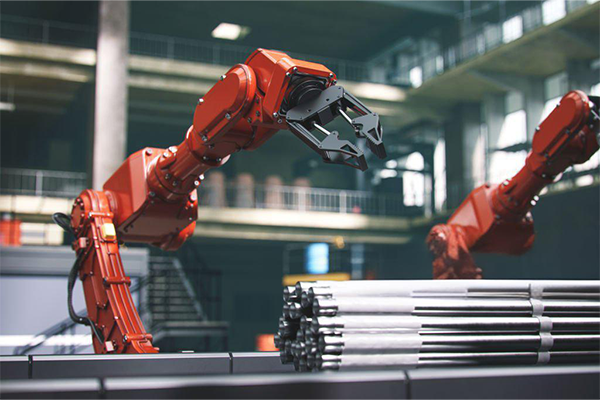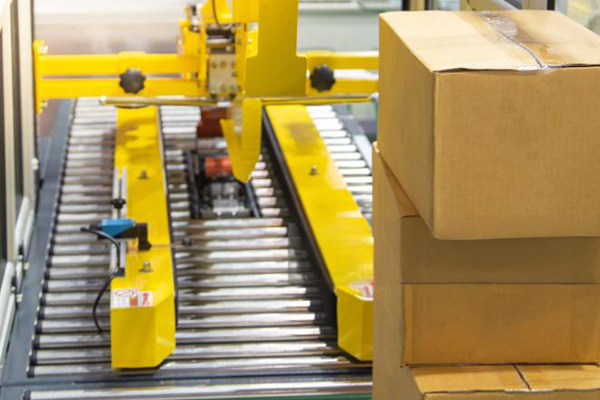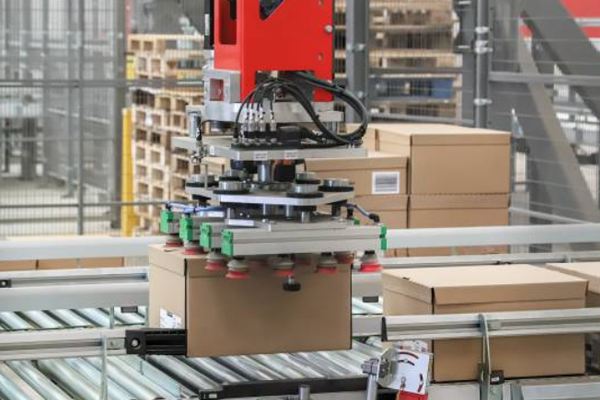Online
The prospects of the smart manufacturing industry
2025-07-01
Positive factors
Market size continues to grow
In 2025, the global intelligent manufacturing industry market size continued to expand, showing a trend of rapid development. According to statistics, the global intelligent manufacturing market size is expected to reach US$1.5 trillion to US$287.27 billion (different statistical calibers) in 2025, a year-on-year increase of 13.5% - 15%. Among them, the Chinese market size will exceed RMB 5.5 trillion, accounting for about 30% of the global share, and the growth rate is significantly higher than that of Europe and the United States.
It is estimated that by 2029, the scale of China's intelligent manufacturing market will exceed RMB 7.6 trillion, and the compound annual growth rate from 2024 to 2029 will reach 15.6%.
2. Technology integration and innovation
Deep integration of AI and manufacturing: AI technology will form standardized and modular industrial intelligent components, industrial scenarios will feed back AI algorithms, give birth to vertical large models with domain knowledge, and promote the transformation of production models from traditional mechanization and automation to intelligence and flexibility.
Smart factories become a new benchmark: through digitalization, automation and intelligent means, smart factories can achieve high transparency and flexibility in the production process, shorten the production cycle and improve resource utilization efficiency.
Industrial chain collaboration and optimization: by building a cross-enterprise manufacturing resource collaboration platform, the integration and docking of R&D, management and service systems between enterprises can be realized, and dynamic analysis and flexible configuration of manufacturing services and resources can be carried out to improve the efficiency and competitiveness of the entire industrial chain.
Other technological breakthroughs: Industrial Internet of Things realizes the interconnection and interoperability of equipment, products and systems; digital twin technology covers the entire process of product design, production optimization, predictive maintenance, etc.; "AI + Robot" is deeply integrated, and the collaborative robot market has exploded; additive manufacturing (3D printing) realizes industrial application; blockchain technology empowers the supply chain, etc.
3. Industrial ecological transformation
Distributed manufacturing network: 5G + edge computing supports cross-regional collaborative production and reduces supply chain risks.
Circular economy model: The intelligent recycling system combines blockchain to achieve carbon footprint tracking throughout the product life cycle.
Service-oriented manufacturing transformation: from selling products to selling services, such as Rolls-Royce charging by usage time through the "Power-by-the-Hour" service.
4. Policy support
Governments of various countries attach great importance to the development of the intelligent manufacturing industry and have introduced a series of policy measures to support its healthy development. For example, Germany's "Industry 4.0" strategy, France's "New Industrial France" plan, the United States' "National Strategic Plan for Advanced Manufacturing", Japan's "Society 5.0" strategy, etc.
In China, policies such as the "14th Five-Year Plan" for the development of intelligent manufacturing promote the digital transformation, networked collaboration, and intelligent transformation of the manufacturing industry.
5. Deepening regional cooperation
Organizations such as ASEAN and the African Union promote the transfer of intelligent manufacturing technology in the region, and emerging markets are rising. India, Brazil and other countries have become new hotspots for intelligent manufacturing investment with their demographic dividends and policy support.
Challenges
1. Lagging behind in technology standardization: The world has not yet formed a unified intelligent manufacturing technology standard, resulting in high costs for equipment interconnection.
2. Data security risks: Industrial control systems are frequently attacked by cyber attacks, and data security is at risk.
3. Talent gap: By 2025, the talent gap in the field of smart manufacturing will reach 2 million to 4.5 million globally, and the talent gap in China will reach 4.5 million, with the total demand for talent exceeding 9 million.
4. Dilemma of transformation of SMEs: The cost of digital transformation is high, with an average investment of one million euros for German SMEs, and Chinese SMEs also facing financial pressure.
Contact Us
You can contact us through the following four methods. We will reply to your inquiry within 2-8 hours after receiving it!
Call Us
Send Email
Leave a Message
Add WeChat or WhatsApp






